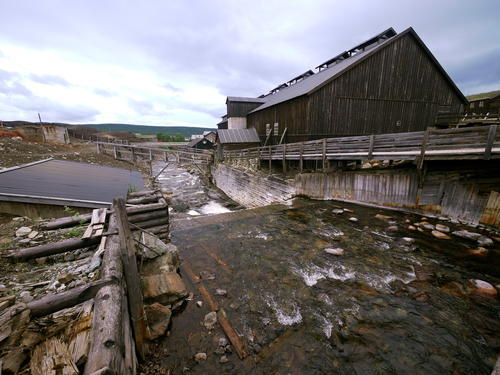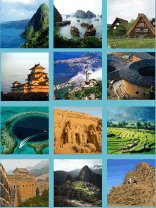Guide 5 – Case study: Røros Mining Town and the Circumference (Norway)
Baseline situation
In was back in 1922 when the Chief Inspectorate of Ancient Monuments and Buildings (Riksantikvaren) first understood the potential value of Røros Mining Town heritage. At that time, a recommendation of protection for eight buildings was launched, even though key local political stakeholders did not understand the importance of preservation and believed the priority was modernity and town development. From that starting point, much has been achieved, especially after recognition of Røros’ unique value through its inclusion in the UNESCO World Heritage List (1980). However, different situations threaten the Røros Outstanding Universal Value to this day and, with tourism being one of the main economic activities (around one million visitors per year), there is a critical need to encourage tourism stakeholders and visitors to commit to conservation and sustainability.

What did they do?
Destination Røros, the Destination Management Organisation (DMO), developed the ‘Knowledge to be a good host’ initiative. Through this programme, it introduced a certification scheme for tourism related business, which promoted and recognized knowledge of Røros historical and cultural identity among key tourism actors of the destination.
In 2012, Destination Røros was acknowledged internationally with the ‘Destination Stewardship Tourism for Tomorrow Award’ from the World Travel and Tourism Council (WTTC).
Strategic priorities
- Promote the understanding of the site’s OUV among relevant tourism stakeholders.
- Outsource OUV communication efforts to tourism businesses and key tourism actors.
- Influence messages perceived by the visitors through influencing key marketing stakeholders.
- Ensure that the whole destination shares a reliable, consistent, and OUV oriented message.
- Disseminate principles of sustainable tourism among key stakeholders.
- Create team-spirit among the destination’s businesses to work towards a common objective.
- Have a direct impact on visitor’s satisfaction, tourism benefits distribution and length of stay.
What worked?
Tourism, commerce, and government related employees have to take an initial a course on local community and history, which has helped them to promote a shared knowledge and pride in their own history.
Businesses and individuals taking the course get to know and learn about each other, which help them to have a clear picture of all that the destination has to offer. Through this, they will be able to work as a ‘destination team’, selling each other’s products and services and give consistent, varied, and complete tourism information.
To get the certification each participant has to fill out a ‘Cooper card’ that contains five different mandatory guided tours and attractions offered at Røros. The idea is that everyone working in tourism at the destination has experienced first-hand the activities offered in the destination, and can therefore sell it with ‘passion’.
After the certification programme is complete, each participant receives ‘The Horseshoe Pin’ (a symbol which is directly related with the common history and identity of the region), encouraging a common pride and identity related with common values among key actors.
What was tough?
As in many other World Heritage sites, the nomination of Røros and the conservation obligations that it entails has been seen as a limitation for those who live and work in Røros, and historical assets often were on the losing side when competing with new trade or industry opportunities.
How did they get buy-in?
A multi-stakeholder and community-inclusive management approach has helped Røros to become a living tourism destination, where tourism activity is managed with the objective of ensuring visitor satisfaction as well as creating the widespread benefits that tourism brings among the local population.
Training and communication initiatives such as ‘Knowledge to be a good host’, ‘Adopt a House’, and ‘World Heritage in Young Hands’ are helping to encourage understanding and appreciation of the site’s OUV by empowering the local population in the conservation, management, and promotion of Røros.
What are the results?
To date, more than 100 companies have participated in the ‘Knowledge to be a good host’ certification programme, with over 400 employees enrolled.
What lessons can others take from this?
The case of Røros is an example of how encouraging an understanding and appreciation of a World Heritage site and its OUV within tourism stakeholders, as well as engaging them in its diffusion, can be a strong tool to promote heritage conservation, as well as more responsible tourism operations and visitor behaviour. Moreover, visitors who are well informed of the OUV, get to know the tourism offer of a destination in a coherent way and are more likely to have a satisfying experience, become ‘heritage champions’, and potential destination marketers.


